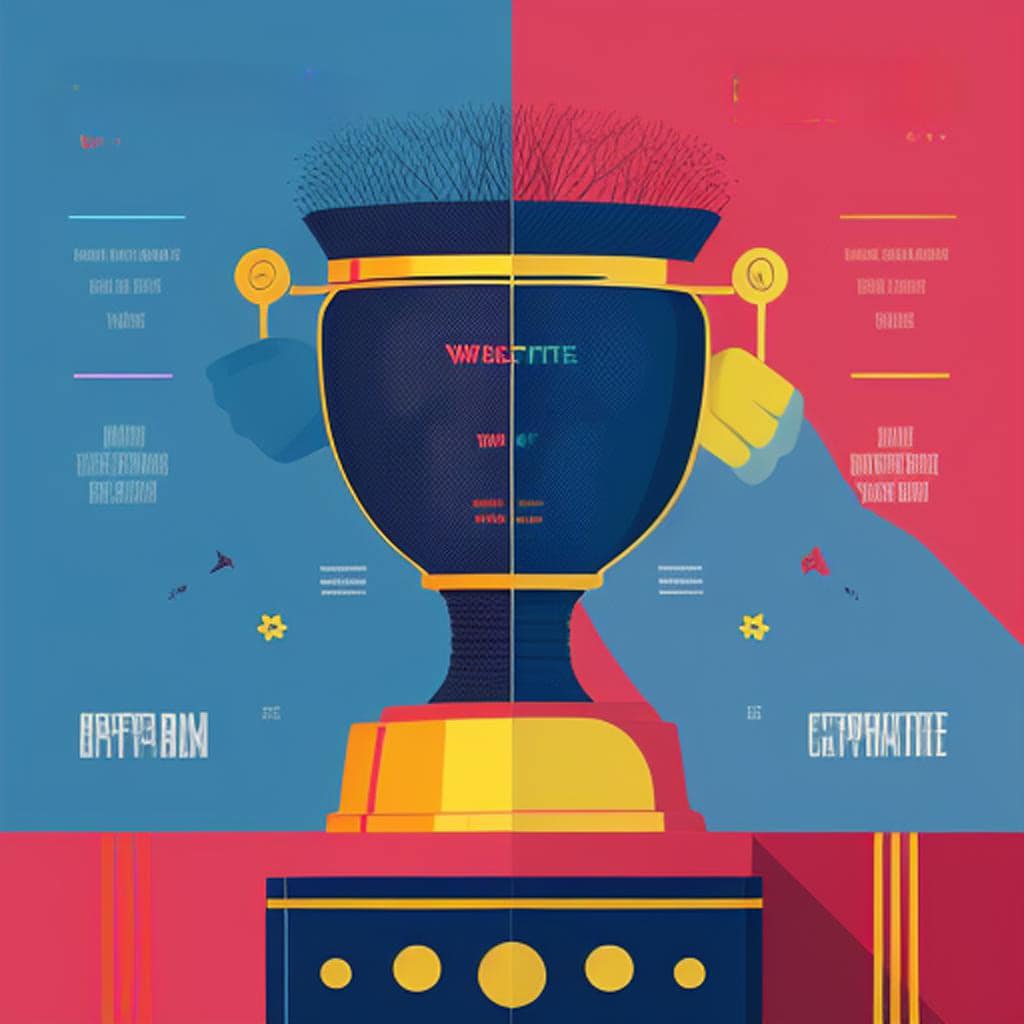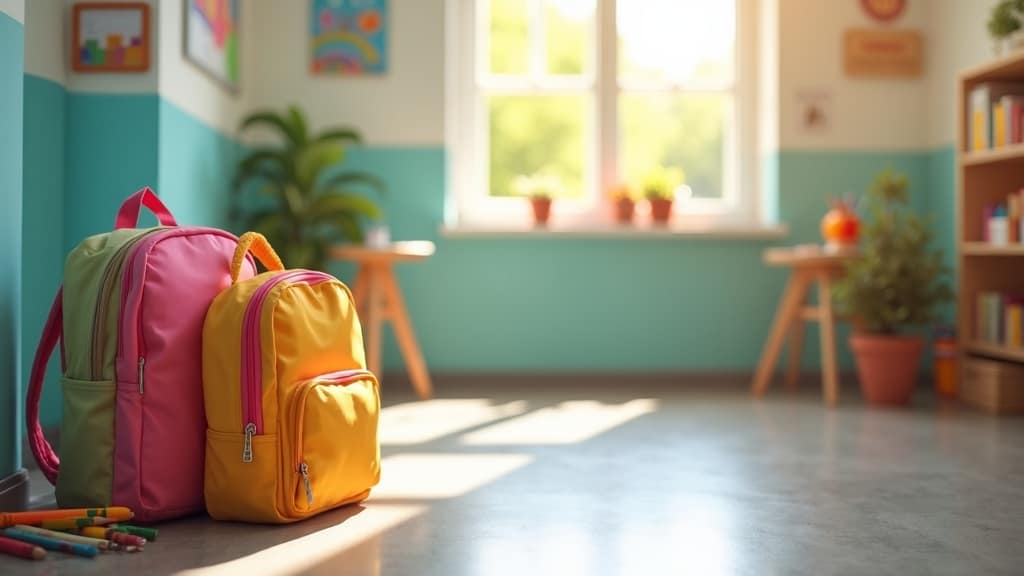Learn by doing
Learn by doing is an approach to education that emphasizes hands-on experiences and active participation. Here are some examples of tools and programs that support learning by doing:

Project-Based Learning
Project-based learning involves students working on a project or challenge that allows them to apply their knowledge and skills to real-world problems. This approach can help students develop problem-solving, critical thinking, and collaboration skills, while also making learning more engaging and relevant.
Virtual Simulations
Virtual simulations allow students to explore and interact with complex systems and environments, such as scientific phenomena, historical events, or engineering designs. This approach can help students develop a deeper understanding of complex concepts and ideas, while also providing opportunities for hands-on learning.
Maker Spaces
Maker spaces are physical spaces where students can engage in hands-on, creative activities, such as coding, robotics, 3D printing, and other DIY projects. These spaces can help students develop problem-solving, innovation, and entrepreneurial skills, while also promoting creativity and collaboration.
Apprenticeships
Apprenticeships provide students with opportunities to work alongside professionals in a specific field, such as carpentry, plumbing, or culinary arts. This approach can help students develop practical skills, while also gaining valuable work experience and industry connections.
Service Learning
Service learning involves students engaging in community service projects that allow them to apply their skills and knowledge to address real-world problems. This approach can help students develop empathy, civic engagement, and leadership skills, while also providing opportunities for hands-on learning.
Learning by doing approaches can help students develop practical skills, while also promoting creativity, critical thinking, and collaboration skills. These approaches can make learning more engaging, relevant, and effective, by providing students with hands-on experiences and opportunities to apply their knowledge and skills in real-world contexts.
Learn by gaming
Learning by gaming is an approach to education that involves using game-based activities and simulations to teach academic content, skills, and concepts. Here are some examples of tools and programs that support learning by gaming:
Minecraft
Minecraft is a game that allows students to build and explore virtual worlds. It can be used in education to teach a variety of subjects, such as history, geography, math, and science. Minecraft can help students develop creativity, problem-solving, and collaboration skills, while also making learning more engaging and interactive.
SimCityEDU
SimCityEDU is a game-based learning platform that allows students to explore and manage virtual cities. It can be used in education to teach a variety of subjects, such as social studies, science, and math. SimCityEDU can help students develop critical thinking, decision-making, and problem-solving skills, while also providing opportunities for collaborative learning.
Kahoot!
Kahoot! is a game-based learning platform that allows students to create and participate in interactive quizzes and surveys. It can be used in education to teach a variety of subjects, such as language arts, math, and science. Kahoot! can help students develop knowledge and recall, while also making learning more engaging and fun.
CodeCombat
CodeCombat is a game that teaches coding and computer science concepts through a fantasy adventure game. It can be used in education to teach programming languages such as JavaScript and Python. CodeCombat can help students develop problem-solving, critical thinking, and coding skills, while also making learning more engaging and fun.
Duolingo
Duolingo is a language learning app that uses game-based activities and quizzes to teach a variety of languages, including Spanish, French, and German. Duolingo can help students develop language skills, including reading, writing, and speaking, while also making learning more engaging and fun.
Learning by gaming approaches can help students develop a range of skills and knowledge while also making learning more engaging and enjoyable. These approaches can help promote active and interactive learning, problem-solving, and collaboration, and can help students develop skills that are relevant in a variety of contexts.
Shop tip
Learning by doing On Amazon
Join a thriving community
Stay in the loop with everything you need to know
And build your own online presence!
Thank you for reading, comments and shares!
Crafted with chatGPT Language Models and Picsart
Create your own website
And learn how to monetize it
Heads up! If you’re looking to join Wealthy Affiliate, make sure you sign up using my referral link to get access to my personal coaching and all WA features."







